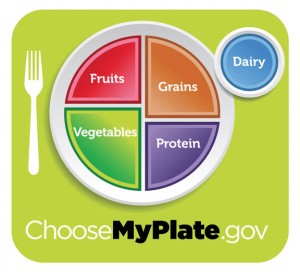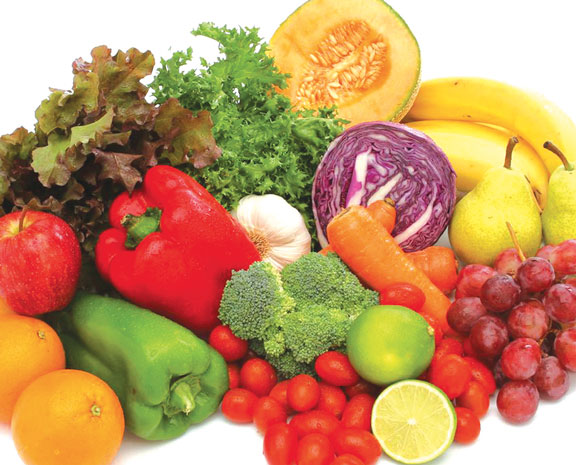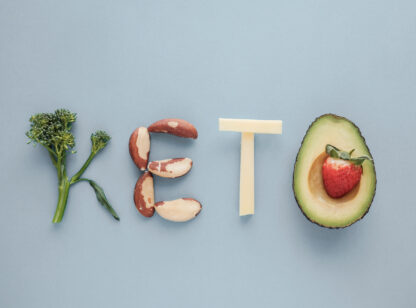 March is National Nutrition Month and the theme this year is “Revamp Your Plate.” The Academy of Nutrition and Dietetics is encouraging Americans to follow the guidelines set forth by the USDA’s new MyPlate graphic that illustrates half your plate should be fruits and vegetables, one fourth lean protein and one fourth whole grains. MyPlate was designed by the USDA to replace the MyPyramide which was determined too complicated.
March is National Nutrition Month and the theme this year is “Revamp Your Plate.” The Academy of Nutrition and Dietetics is encouraging Americans to follow the guidelines set forth by the USDA’s new MyPlate graphic that illustrates half your plate should be fruits and vegetables, one fourth lean protein and one fourth whole grains. MyPlate was designed by the USDA to replace the MyPyramide which was determined too complicated.
As a nutrition professional, I support the government’s effort to encourage people to evaluate what they eat and make better food choices. The USDA is trying to educate the public on how their food choices can prevent many chronic diseases that contribute to the high cost of health care in this country.
As a Registered Dietitian, I believe the “MyPlate” format is a simple straight forward concept that can be used to teach children about the food they eat. Many people will be much healthier if they eat according to the “MyPlate” guidelines, because many of us don’t eat enough fruits, vegetables and whole grains.
In reviewing the graphic, however, I would also keep in mind:
- There is still a big push for animal and dairy in the MyPlate concept which may be due to industry lobbying;
- There is still the underlying feeling that there has to be chicken or meat at every meal, which is not the case;
- The USDA’s message is inconsistent in that they subsidize grain farmers but tell us to eat more vegetables and fruits which are not subsidized and therefore higher priced;
- The USDA is not sufficiently funded to promote their message. This is evidenced by the still alarming rate of obesity, diabetes and chronic disease in the U.S.
National Nutrition Month is a time to review our eating style and explore ways to improve the nutrition on our dinner plates. A great place to start is by looking at what foods actually enhance your health and which foods could be setting you up for a health failure.
Here are some simple guidelines I recommend:
- Eat foods as close to the way Mother Nature grew them as possible (i.e. , whole grain versus refined grains).
- Eat local and seasonal foods.
- Consider having one or two dinners a week that are vegetarian.
- Eat a rainbow of colors every day.
- When you do choose to eat processed foods, the ingredient list should read like a recipe not a chemistry experiment.
- The food you eat should taste good and be good for you.
Remember, food is a very important part of a healthy lifestyle!
Elizabeth Quigley is a Registered Dietician and was formerly Eisenhower Medical Center’s Chief Dietician for 23 years. She is now a nutritional consultant with EQ Consulting and can be reached at 760.773.1796 or www.ElizabethQuigleyRD.com














































Comments (0)